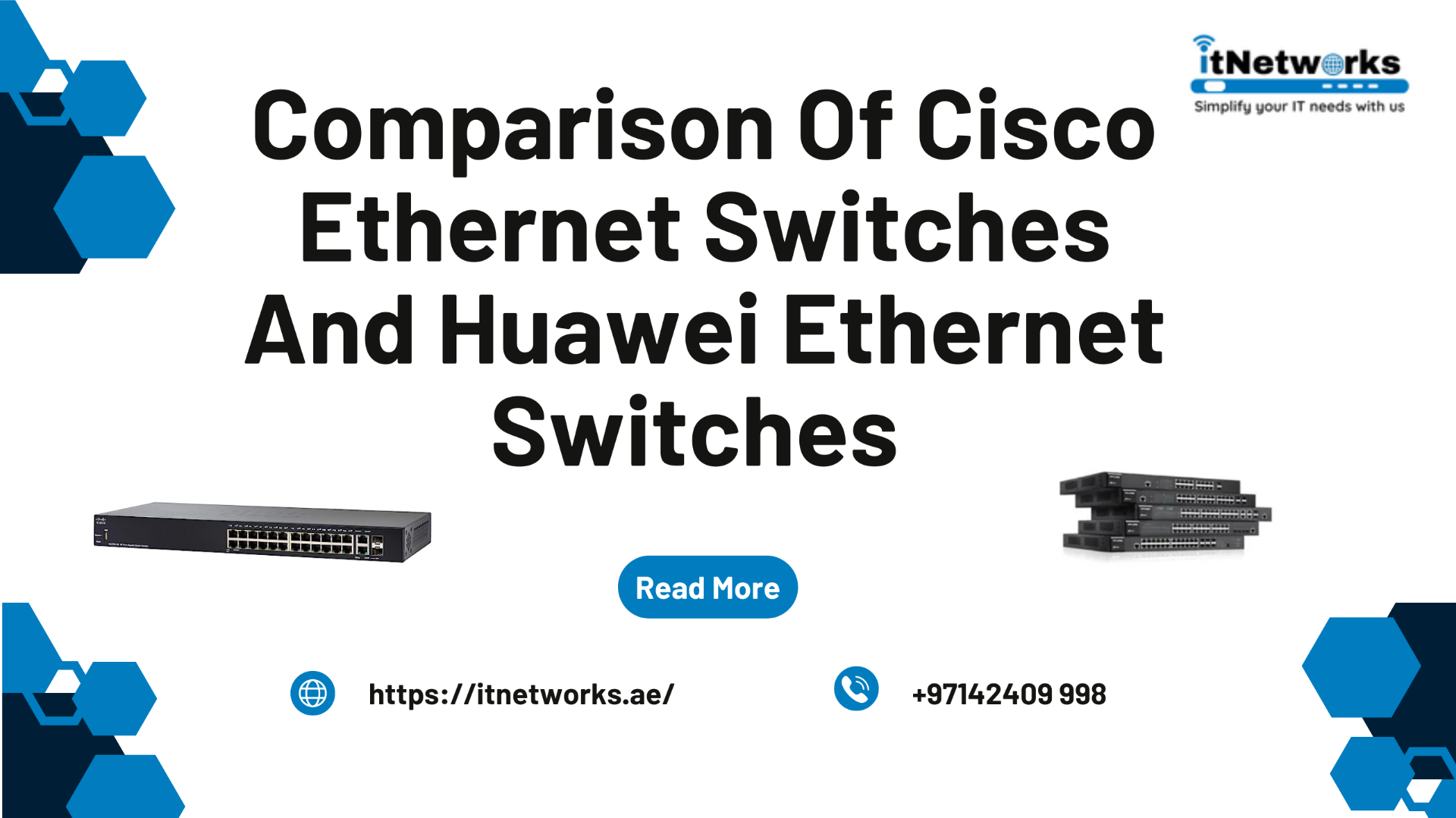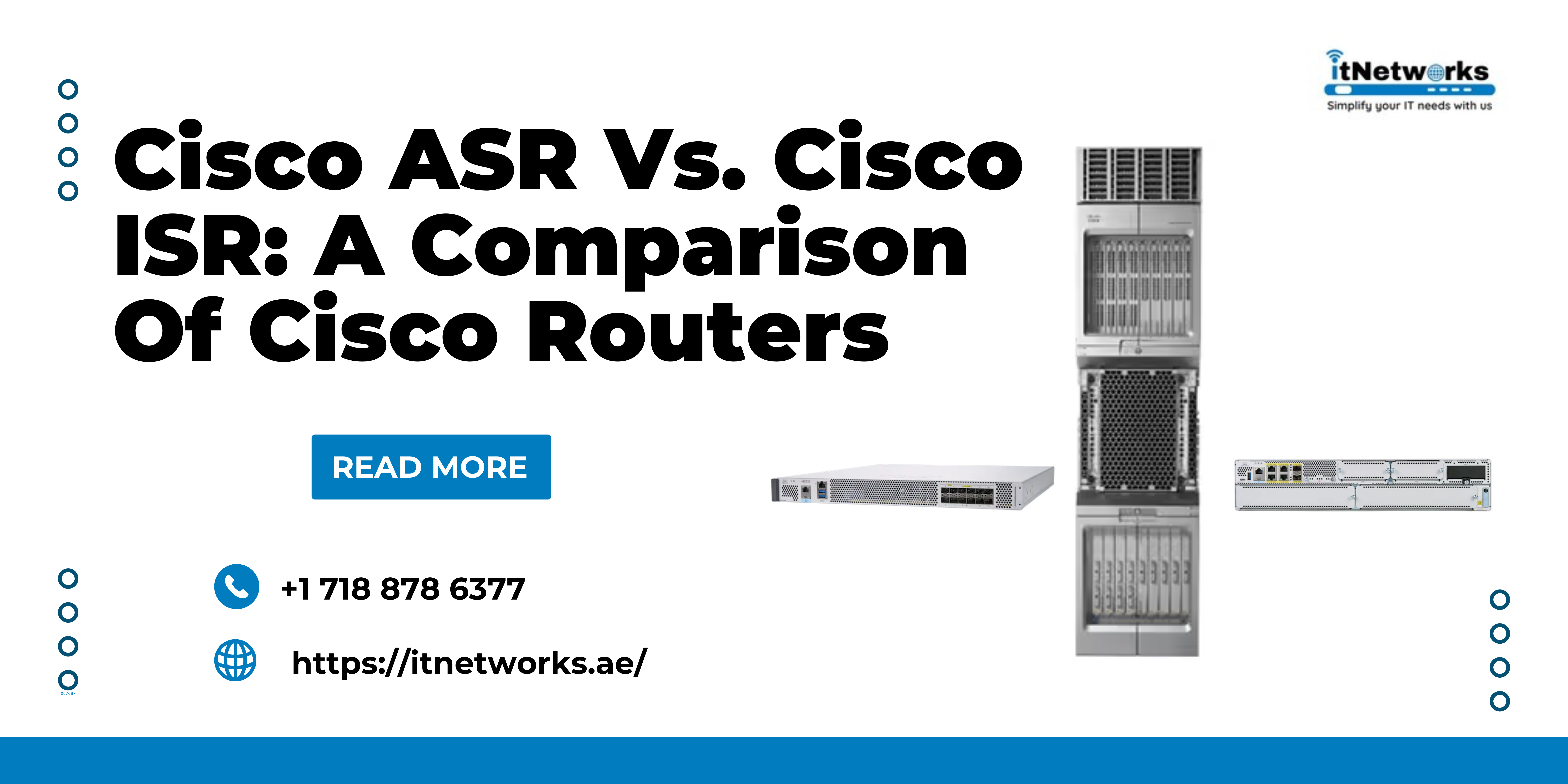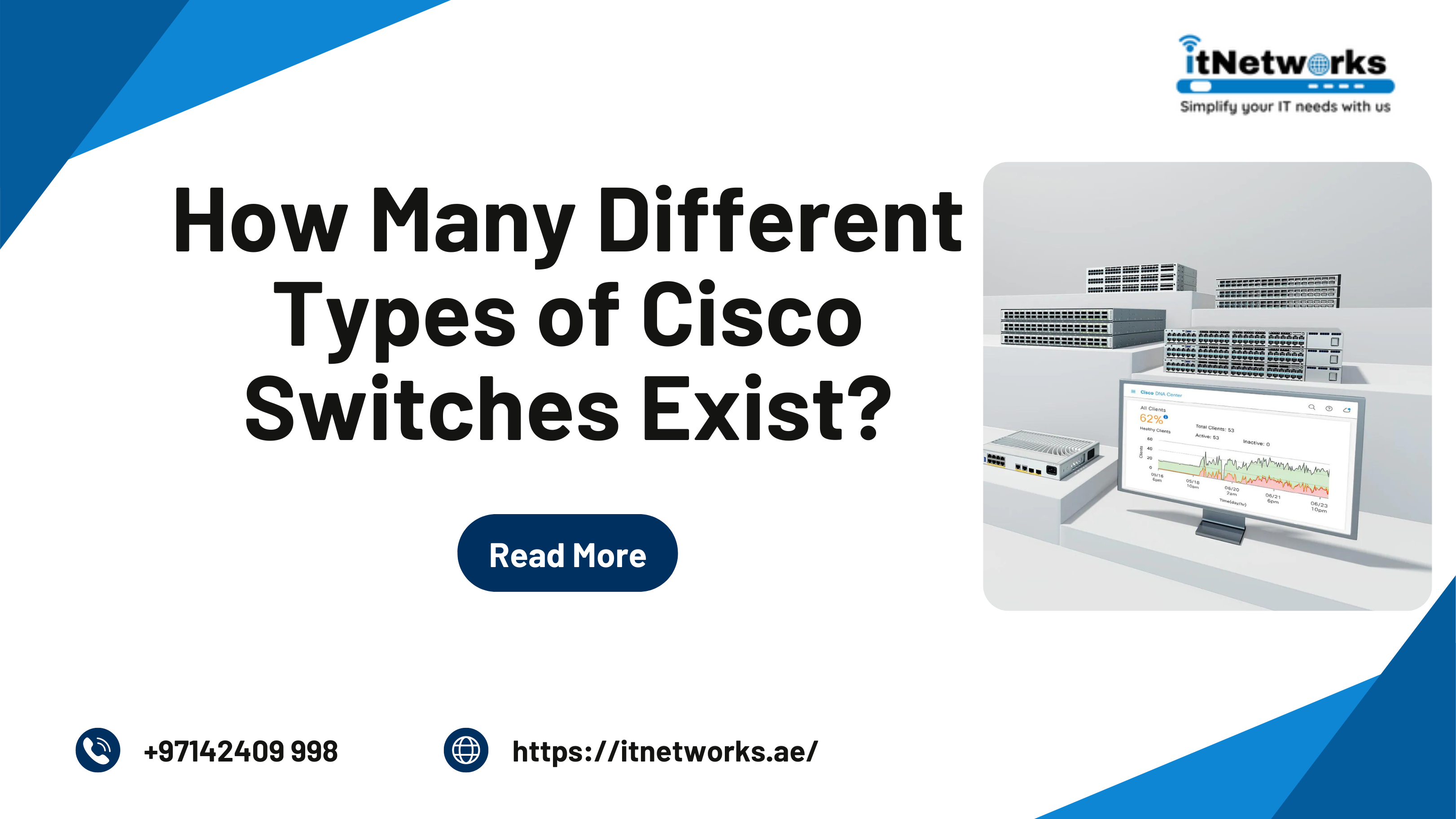Comparison of Cisco Ethernet switches and Huawei Ethernet switches
Ethernet switches play a crucial role in networking infrastructure, providing connectivity and facilitating the efficient transfer of data between devices. But, the efficiency depends on the brand of the Ethernet Switches.
In the networking industry, the two prominent brands offering a wide range of Ethernet switches are Cisco and Huawei.
In this blog post, we will compare Cisco Ethernet switches and Huawei Ethernet switches, highlighting their key features, performance capabilities, and considerations to help you make an informed decision for your networking requirements.

Product Range and Scalability
Both Cisco and Huawei offer a comprehensive range of Ethernet switches to cater to various network sizes and complexities. Cisco's portfolio includes the Catalyst series, Nexus series, and Meraki switches, offering options for small businesses, enterprise networks, and data centers. Similarly, Huawei provides a variety of switches, such as the S5700, S6700, and S12700 series, addressing the needs of small to large-scale networks.
When considering scalability, Cisco switches are known for their modular designs, allowing for easy expansion and customization as network requirements evolve. Huawei switches also offer scalability options but may vary depending on the specific series and models. It is crucial to evaluate your current and future network demands to determine the most suitable product range and scalability options offered by each vendor.
Performance and Throughput
Performance is a critical factor to consider when comparing Ethernet switches. Cisco and Huawei switches offer high-performance capabilities, but their approaches may differ.
Cisco switches often emphasize advanced features, extensive protocol support, and granular control over network operations. They are well-regarded for their robustness, reliability, and consistent performance. Cisco switches typically provide excellent throughput, low latency, and advanced features like Quality of Service (QoS) and traffic prioritization.
Huawei switches, on the other hand, also offer competitive performance and are recognized for their advanced hardware design, including high-speed forwarding capabilities and efficient packet processing. Huawei switches often prioritize providing cost-effective solutions without compromising performance.
To determine which vendor's performance characteristics align with your network requirements, it is essential to evaluate factors such as throughput, latency, packet processing capabilities, and specific feature sets offered by different switch models from both Cisco and Huawei.
Software Capabilities and Operating Systems
Another crucial aspect to consider is the software capabilities and operating systems offered by Cisco and Huawei switches. Cisco is known for its widely adopted and highly regarded operating systems, including Cisco IOS (Internetwork Operating System) and Cisco NX-OS (Cisco Nexus Operating System). These operating systems provide robust management capabilities, extensive security features, and seamless integration with other Cisco networking devices.
Huawei switches typically run on their proprietary operating system called Huawei Versatile Routing Platform (VRP). Huawei VRP offers a range of features and functionalities comparable to Cisco's operating systems, including advanced routing protocols, security mechanisms, and management capabilities. But, compared to Cisco switches, the compatibility of Huawei switches with third-party systems may vary.
Price and Total Cost of Ownership (TCO)
Price is a significant consideration when comparing Cisco and Huawei Ethernet switches. Cisco switches are often considered a premium option, with higher initial costs associated with the brand reputation, feature-rich offerings, and reliable performance. But, investing in Cisco Ethernet switches provides long-term value and stability. These switches are particularly suitable for large-scale organizations.
On the other hand, Huewai Ethernet switches come with competitive pricing. They offer cost-effective solutions without compromising on performance and functionality. Huawei's focus on affordability can be particularly attractive for small to medium-sized businesses or organizations with budget constraints.
Considering the price of the initial purchase is essential but it’s crucial to calculate the total cost of ownership (TCO). It’s important to know the cost incurred over the entire lifespan of the switches. Factors such as maintenance costs, software licensing, warranty offerings, and support services should be considered to determine the true cost implications of deploying either Cisco or Huawei switches.
Brand Reputation and Support Services
Brand reputation and support services are significant factors to consider when investing in Ethernet switches. Talking about Cisco, it’s a reputable brand with innovations. Also, it’s reliable with an extensive market presence in the networking industry. The widespread adoption of Cisco products ensures a vast pool of technical expertise, readily available documentation, and a robust support ecosystem.
Regarding Huawei, it’s not as recognized as Cisco in some regions. However, Huawei has been investing in building its support services and has made significant strides in establishing a global support network. It is essential to evaluate the availability and quality of local support and maintenance services offered by each vendor to ensure smooth operations and timely troubleshooting.
Conclusion
Choosing the right Ethernet switches is crucial for building a reliable and efficient network infrastructure. Cisco and Huawei are reputable players in the networking industry, offering a wide range of Ethernet switches with distinctive features, performance capabilities, and pricing models.
Cisco Ethernet switches are known for their robustness, scalability, and extensive feature sets, making them an excellent choice for organizations with complex network requirements. Huawei Ethernet switches, on the other hand, provide cost-effective solutions without compromising performance, making them attractive for budget-conscious businesses.
Ultimately, the choice between Cisco and Huawei switches depends on factors such as network size, performance requirements, scalability needs, budget constraints, and familiarity with the respective operating systems. It is recommended to consult with networking experts or engage with authorized resellers of both vendors to gain a deeper understanding of their offerings and make an informed decision that aligns with your specific networking needs.
To know more about Cisco and Huewai Ethernet switches, contact us via WhatsApp at +971585811786.





